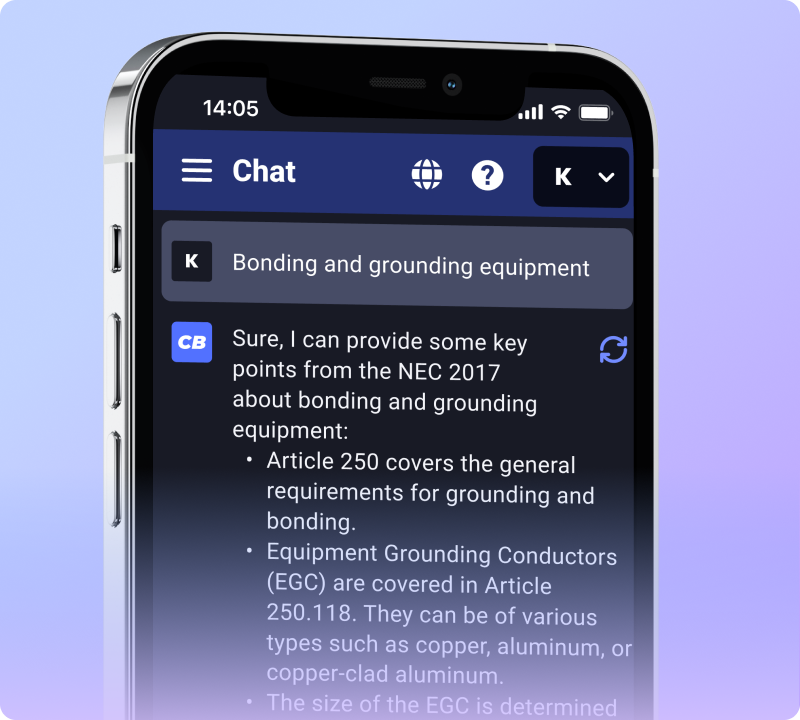Installing electrical switches at the correct height is not just a matter of convenience; it’s also a compliance and accessibility issue. The National Electrical Code (NEC) and the Americans with Disabilities Act (ADA) provide guidelines on the optimal height for electrical switches.
NEC and ADA Guidelines for Switch Height
While the NEC does not specify a mandatory height for light switches, it focuses on safe installation practices. The ADA, however, offers more specific guidelines to ensure accessibility:
- ADA Recommendations: The ADA suggests installing light switches at a height of 48 inches (122 cm) above the floor. This height makes switches accessible to people in wheelchairs.
- General Practice: In most residential and commercial buildings, the standard height for installing light switches is between 48 and 52 inches from the floor. This range is considered to be ergonomic for most users.
- Considerations for Specific Spaces: In children’s rooms or educational facilities, switches might be installed lower to accommodate shorter users.
Importance of Following Height Guidelines
- Accessibility: Complying with ADA recommendations ensures that people with disabilities have easy access to light switches.
- Safety: Properly positioned switches reduce the risk of electrical accidents.
- Code Compliance: In certain jurisdictions, local building codes may have specific requirements for switch height. Always check local regulations.
Conclusion
While there is no strict NEC requirement for switch height, adhering to ADA guidelines and considering ergonomic standards is crucial for creating an accessible and safe environment. Remember, local building codes might have additional requirements, so always verify with local authorities.
Note: The information presented is based on ADA guidelines and general practices as of April 2023. For specific local code requirements, consult a licensed electrician or local building authority.






